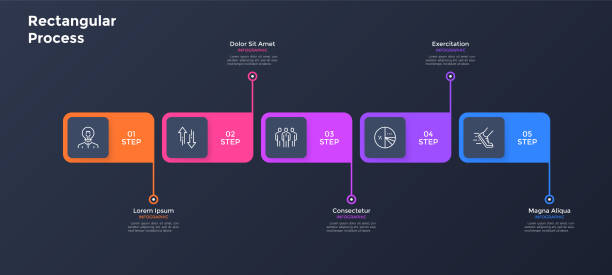The end of the fiscal year is approaching. It’s time to evaluate this year’s success and begin the annual planning process for the following 12 months.
What does it mean? What does that mean? Article updated on Sept. 2021. )
It would be best if you had a plan for your business, whether you are a sole owner, a small-business owner, or a multimillion-dollar enterprise.
Why? It sets the direction for the following year. It defines your strengths (and how they worked) and weaknesses. It helps you set priorities for the following year.
A business plan for the year can have hundreds of pages or only a few. It must contain the five following elements, regardless of the size. Here is a brief overview of each.
Situation Analysis
It must be a fair assessment. This is not a sales pitch to your clients but an honest assessment of where you stand today.
Compare your revenue from the last three years. Compare your payments with those of the closest competitors.
Look at your weaknesses and strengths. When evaluating the market, perform a SWOT analysis (strengths and weaknesses, opportunities and threats) to determine how you compare internally. Consider what makes your product or service different from your main competitors.
Analyze your business’s main environmental influences. At least look at the economic conditions in the sector in which you intend to conduct business in the next year.
Has it experienced a growth spurt or been negatively affected by current economic conditions? Is there a regulatory issue that could affect your ability to grow your business? These are outside factors but have an immediate and direct impact on how you spend your money and time in the next year.
The Market
Assess your competitors and their strategy. Who are your most formidable competitors? What do they do to get customers to purchase their products or services? Do they do something you don’t?
Consider your competitors from a broader perspective. For example, if you provide snack vending machines for local businesses, your competitors are other snack vending machine suppliers. You’re also competing with nearby fast-food and convenience stores, company cafeterias, and brown-bagged lunches.
The competition is more than you can see at first glance.
What is your product’s price compared to that of your competition?
Is it the best-selling product? Is your product the lowest priced?
Are your services priced the same as those offered by other companies?
Do you think price influences how customers compare your products and services to those of other companies?
What marketing strategies does your competitor use to promote its products and services?
Does their website exist? Do you?
If you are a professional services consultancy, are your competitors emailing a monthly newsletter with information about their services? Are you?
Positioning your product or service What makes your product or service unique? If you don’t know what makes your service or product unique, think of why customers have bought it in the past. Then, consider the reasons they may buy it in the future.
Define the most likely buyers of your product or services. Your current customers are a great indicator of future buyers. You can then determine your target customer by drilling down into those customers. Create a scenario describing how you can get your target customer to purchase from you next year.
Set Objectives
You will lose all your work in analyzing your business plan if you don’t use the information to set goals for the following year. The objectives should include projected monthly revenues, how many clients you need to achieve those goals, etc.
Remember that goals are measurable. Include dates to complete the objective and allow time for you to monitor your progress.
Strategy
This section may be the most crucial of your annual plan. It’s time to determine how you will reach your goals based on your situation analysis, competitors, positioning statements, and objectives.
What strategies will you use to achieve your financial and service goals for next year?
Set realistic goals that don’t drastically differ from your previous year’s performance. Concentrate on areas in which you believe you can generate business.

